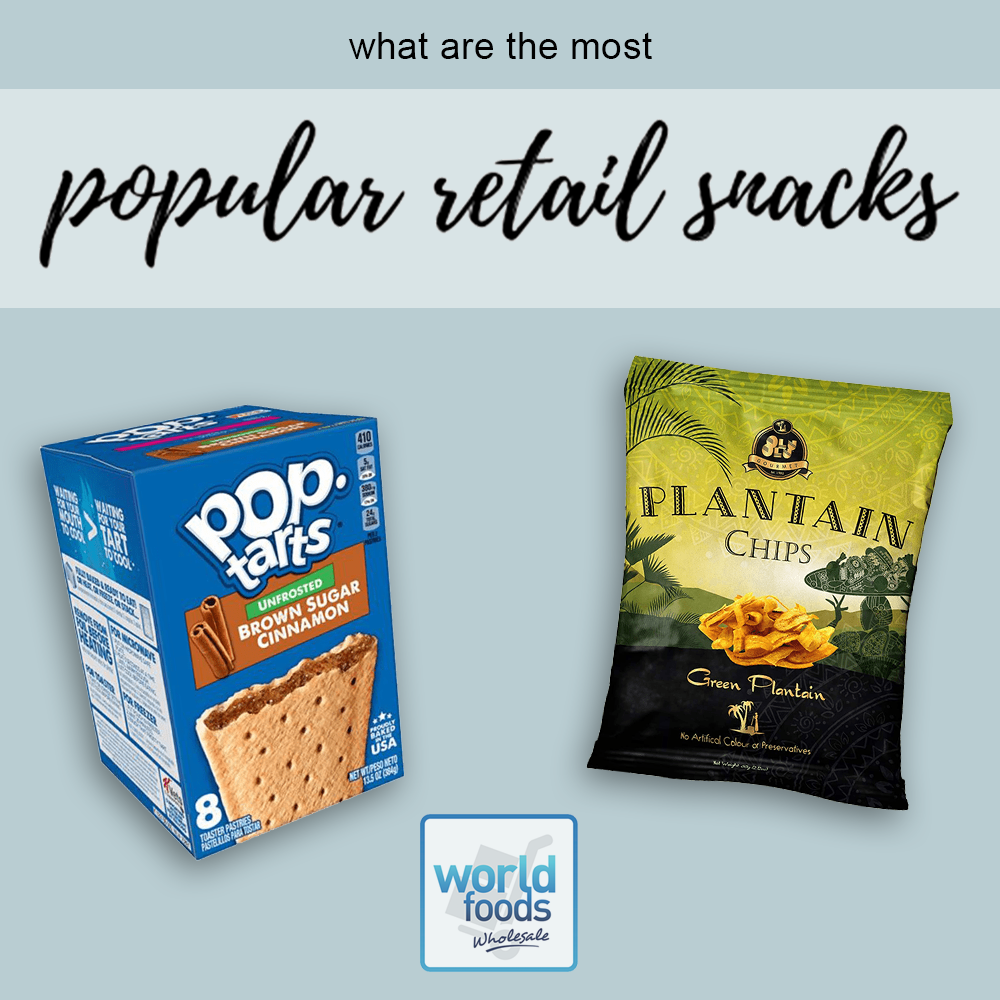Top Grocery and Convenience Store Challenges
Most convenience stores saw an increase of up to 68% of food and beverage expenditure by consumers during 2021, in comparison with 2020. As a result, independent retailers want to take advantage of this significant rise in local shopping. The businesses are eager to capitalize on the increase in consumer traffic and spending as the UK returns to normalcy and maintain consumer spending.
Nevertheless, there are still some problems that convenience stores are currently facing. From the customer experience aspect to having enough stock, here we will look at these challenges and how to fix or mitigate them.
Inventory loss
The inventory shrink rate at grocery stores is more than double that of retail stores across the board, in part because grocery stores deal with fragile inventory every day, such as fruit that spoils quickly and boxes and cans that are susceptible to damage.
Supermarkets often store fruit in large, refrigerated coolers in the backroom in order to keep it fresh. In order to extend the shelf life of the fruit, the fruit is removed from the sales floor each night. After restocking, it's rotated again the following morning.
Customer experience
These days, if you do not provide an elite experience to your customer, they just won’t come back (unless your product is unfindable/unbeatable). You don’t need to put Wi-Fi or television in your store because customers are there to shop not to entertain themselves. Having clear sections on your store, friendly staff, and a comfortable decoration can improve the experience of your customers and therefore, increase their loyalty towards your store.
Injury to employees
Small grocery and convenience stores tend to have small stock rooms and aisles, which can be particularly dangerous when there are spills, falls, and miscellaneous things lying around. Over 80% of grocery store employees who are not cashiers suffer from musculoskeletal injuries in a given year, according to McCue.
Change in demand
Consumer behaviour changes dramatically every year, sometimes on a quarter-to-quarter basis. For instance, according to Forbes reports as far back as 2015, people across all demographics are willing to pay more for healthy foods, even at convenience stores. Grocery and convenience stores should pay attention to different trends, changes in seasonal demands, and seek advice from suppliers to improve their business practices
Are you facing any challenges with your company? Has your business been growing? Have you got any other challenges that we’ve not covered? Let us know in the comments







Comments
Leave A Reply
Your email address will not be published.